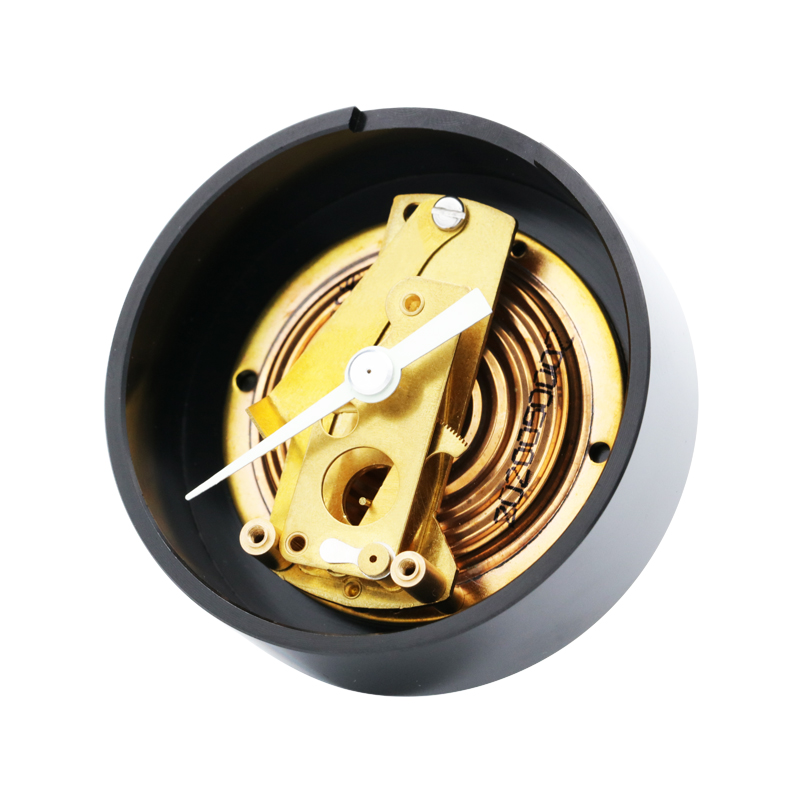
Σεπ . 30, 2024 03:36 Back to list
Key Components of Digital Pressure Gauge Manufacturers and Their Applications
Understanding Digital Pressure Gauge Components An Overview
Digital pressure gauges are critical tools in a wide range of industries, providing accurate and reliable measurements of pressure across various applications. From manufacturing to healthcare, these instruments play a vital role in ensuring safety, efficiency, and quality control. This article delves into the key components of digital pressure gauges, how they function, and the significance of each component in delivering precise pressure measurements.
1. Sensing Element
At the heart of any digital pressure gauge lies the sensing element. This component is responsible for directly measuring the pressure of the medium (usually a gas or liquid). The most common types of sensing elements include piezoresistive sensors, capacitive sensors, and strain gauge sensors.
- Piezoresistive Sensors These sensors change their electrical resistance in response to pressure changes. They are known for their high accuracy and sensitivity, making them ideal for various applications. - Capacitive Sensors These sensors measure pressure by detecting changes in capacitance caused by the deformation of a diaphragm under pressure. They are often used in applications requiring great precision. - Strain Gauge Sensors Utilizing the principle of strain, these sensors consist of a thin wire that deforms under pressure, changing its electrical resistance and enabling pressure readings.
2. Display Unit
The display unit is the interface through which users interact with the pressure gauge. Typically consisting of a digital screen, it presents the real-time pressure readings in an easily understandable format, often with options for different units (e.g., psi, bar, kPa). Many modern digital pressure gauges also include features such as backlighting, which improves visibility in low-light conditions, and graphical displays that provide additional information, such as trends and historical data.
3. Microprocessor
The microprocessor captures the signal from the sensing element, processes the data, and sends it to the display unit. It plays a crucial role in ensuring the accuracy and stability of the pressure measurement. Many digital pressure gauges incorporate advanced algorithms to filter out noise and compensate for temperature variations, providing more reliable readings. Additionally, the microprocessor may control features such as data logging, calibration, and alarms for user-set pressure thresholds.
4. Power Supply
digital pressure gauge components company

Digital pressure gauges require a reliable power supply to operate the display and microprocessor. Most models run on batteries, which offer portability, while some units can be powered by external sources like AC adapters. In industrial settings, gauges may be connected to the main power supply for uninterrupted operation. Power efficiency is crucial, especially for applications where gauges may be deployed in remote locations.
5. Housing
The housing of a digital pressure gauge protects the internal components from environmental factors such as moisture, dust, and mechanical impacts. Typically made from durable materials like stainless steel or high-strength polymers, the design of the housing often reflects the intended application. For instance, gauges intended for harsh environmental conditions may feature additional certifications for water and dust resistance, ensuring longevity and reliability.
6. Calibration Mechanism
To maintain accuracy over time, digital pressure gauges must be calibrated periodically. Many modern units offer self-calibration features that simplify this process. However, some require manual calibration using reference standards. Calibration involves adjusting the displayed pressure reading to match a known pressure value, ensuring the gauge remains accurate and reliable.
7. Connectivity Options
In an increasingly digital world, connectivity features are becoming more prevalent in pressure gauges. Options may include Bluetooth, Wi-Fi, or wired connections, allowing for data transfer to computers or mobile devices. This capability enables remote monitoring and better data analysis, which are essential in modern industrial environments.
Conclusion
Digital pressure gauges are integral to many industries, and understanding their components helps users appreciate their importance. Each component, from the sensing element to the display and connectivity options, plays a critical role in delivering accurate pressure readings. As technology advances, we can expect further innovations in digital pressure gauge design and functionality, enhancing their reliability and user-friendliness in various applications. Whether for industrial use or research purposes, digital pressure gauges remain indispensable tools in measuring and managing pressure effectively.
-
Digital Pressure Gauge RS Components for Semiconductor & Chip Industries
NewsMay.23,2025
-
Industrial Differential Pressure Gauges Global Supplier & Pricelist
NewsMay.23,2025
-
Bourdon-Type Differential Pressure Gauges High Accuracy & Affordable Pricing
NewsMay.22,2025
-
Vacuum Differential Pressure Gauges High-Precision Solutions & Quotes
NewsMay.22,2025
-
Durable Diaphragm Pressure Elements High Accuracy & Custom Quotes
NewsMay.22,2025
-
AG Precision Pressure Gauges High Accuracy & Global Exporters
NewsMay.21,2025
